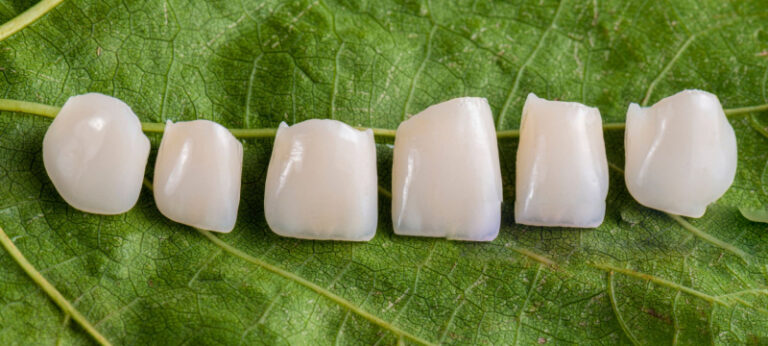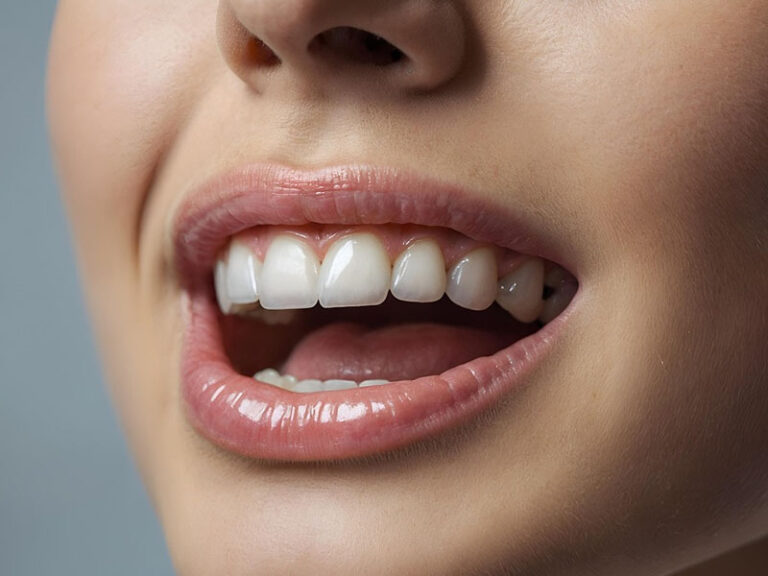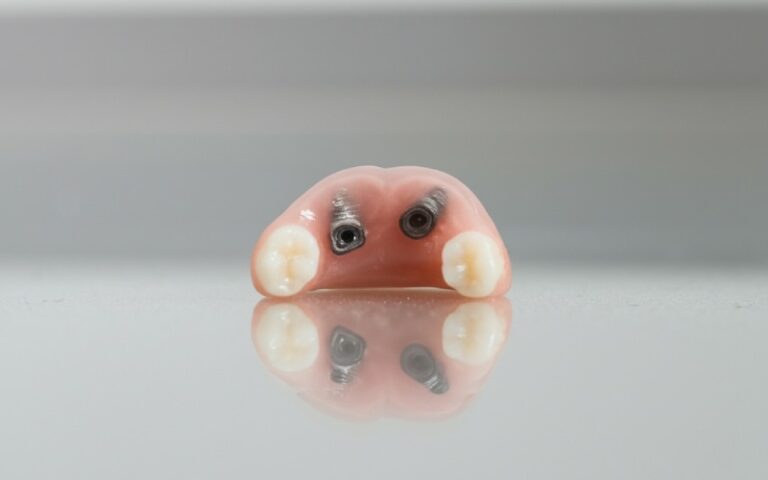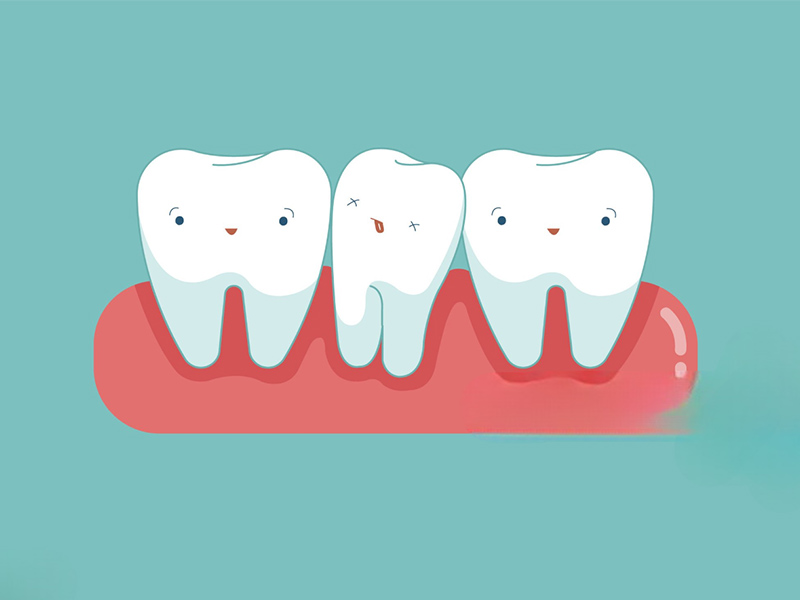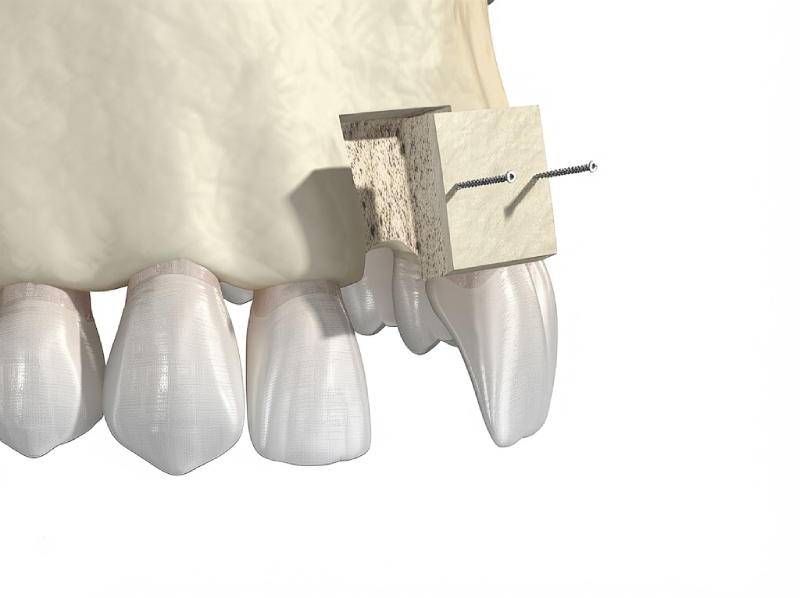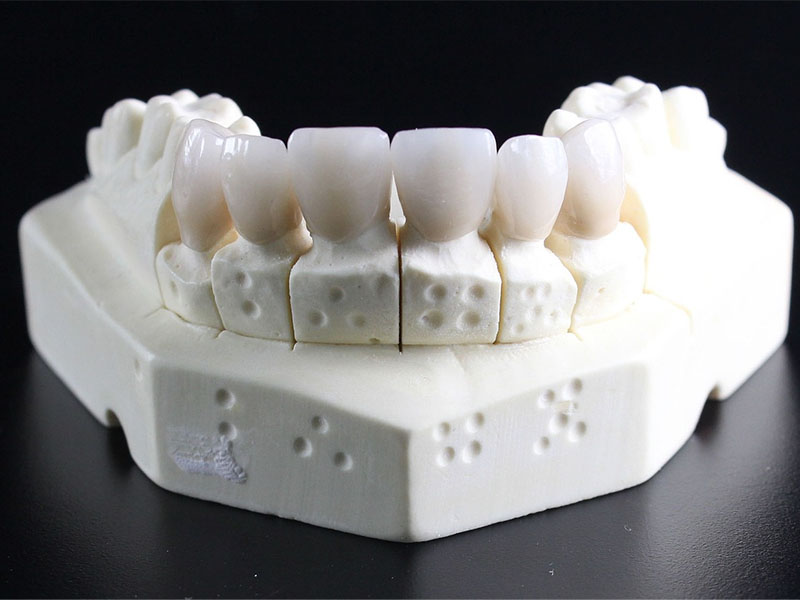
Acrylic vs Metal Partial Dentures: What You Need to Know
Are you looking for new teeth? Partial dentures can help! Both acrylic and metal types work well, but they are different. This guide will show you what makes each one special.
Table of Contents
What Are Partial Dentures?
Partial dentures are fake teeth that fill in gaps when you are missing some teeth. They help you:
- Eat food better
- Smile more
- Talk clearly
- Keep other teeth in place
These dental prosthetics can be made from different stuff. The two main types are acrylic and metal. Let’s see how they are different!
Acrylic Partial Dentures
Acrylic partials are made from a pink plastic material called polymethyl methacrylate (PMMA). This is the same stuff used in many dental appliances.
Good Things About Acrylic Partials
- Cost less money – Most are $300-$800
- Look nice – The pink base matches your gums
- No metal showing – Good for front teeth
- Easy to fix – Can add more teeth if needed
- Can be changed – Good for mouths that are still healing
Not-So-Good Things About Acrylic Partials
- Break easier – May crack if dropped
- Wear out faster – Last about 3-5 years
- Feel bigger in your mouth
- Can cause gum irritation
- May need more denture adhesives
“Acrylic dentures are a good choice for people who need a short-term fix or are on a tight budget.”
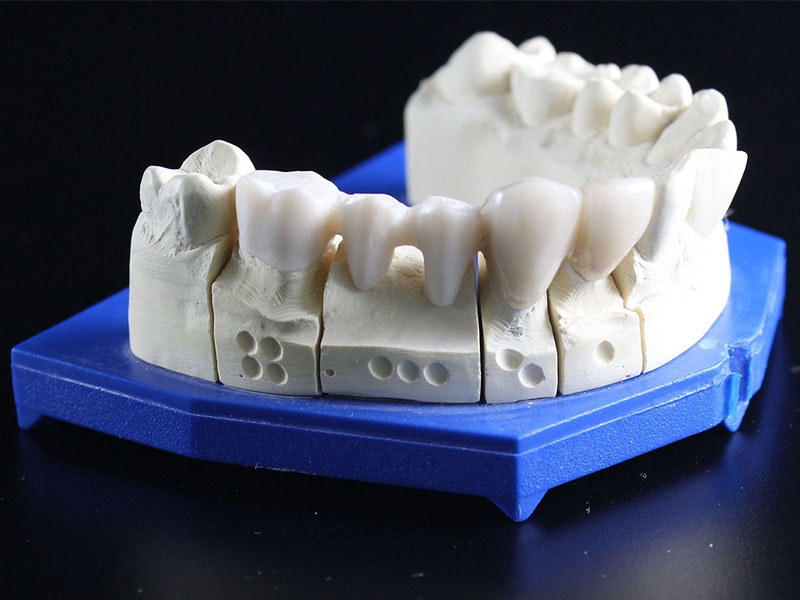
Metal Partial Dentures
Metal partials have a strong frame made from cobalt-chromium alloy or other metals. They are also called cast metal partials.
Good Things About Metal Partials
- Last longer – Often 10+ years with good care
- Stronger when you chew
- Feel smaller in your mouth
- Better fit – Less movement when eating
- Protect your real teeth better
- Less likely to cause bone resorption
Not-So-Good Things About Metal Partials
- Cost more money – Usually $800-$2,000+
- Have visible metal clasps
- Some people may have allergic reactions (rare)
- Harder to adjust if your mouth changes
- More dental checkups needed
You can see more about metal dentures here.
Big Differences Table
| What Matters | Acrylic Partials | Metal Partials |
|---|---|---|
| Cost | $300-$800 | $800-$2,000+ |
| How Long They Last | 3-5 years | 10+ years |
| How They Look | No metal showing | Metal clasps can show |
| How They Feel | Bigger, cover more gum | Thinner, smaller |
| Strength | Can break easier | Very strong |
| Fixing Problems | Easy to fix | Harder to fix |
| Who Likes Them | People who need lower cost | People who need long-lasting teeth |
Real People’s Experience
When we look at what people say about their dentures, we find:
- 65% of people like their acrylic partials at first
- 82% of people like their metal partials after using them a long time
This tells us that metal framework dentures may be better if you plan to use them for many years.
When to Choose Acrylic Partials
You might like acrylic dentures better if:
- You need to save money right now
- You just had teeth pulled and need temporary dentures
- Your mouth is still changing
- You care a lot about how they look
- You want to try dentures before spending more money
Many seniors choose acrylic for their first set of removable partial dentures.
When to Choose Metal Partials
Metal partial dentures might be better if:
- You want them to last a long time
- You need strong teeth for chewing
- You want a better fit
- You don’t mind spending more money now to save later
- Your dental insurance covers part of the cost
People who need their dentures to last often pick metal. You can learn about partial dentures with clasps here.
What About Flexible Partials?
There is a third option called flexible partial dentures or Valplast®. These are made from a bendable plastic that looks nice and feels good.
Flexible Partial Benefits:
- No metal clasps
- Very comfy
- Hard to break
- Look natural
- Good for people with metal allergies
If you want to know more, check out flexible partial dentures for front teeth.
Taking Care of Your Partial Dentures
No matter which type you pick, good oral hygiene is very important! Here’s how to keep your partials clean:
- Take them out and rinse after eating
- Brush them gently each day with a soft brush
- Soak them at night in denture cleaning solutions
- Keep them in water when not in your mouth
- Don’t use hot water (can warp acrylic)
- Visit your dental hygienist regularly
Good care helps stop denture-related infections and makes your partials last longer.
Cost and Insurance
The cost of partial dentures can be a big factor in your choice. Here’s what affects the price:
- Material used (metal costs more)
- How many teeth you need
- Where you live
- Your dentist’s skill
- If you need other work first
Many dental insurance plans cover part of the cost of partial dentures. Some cover 50% of the cost. Medicaid sometimes helps pay too.
Questions People Often Ask
How long do partial dentures last?
Acrylic partials usually last 3-5 years. Metal partials can last 10 years or more with good care.
Will partial dentures feel strange?
Yes, all new dentures feel odd at first. Most people get used to them in 2-4 weeks. Metal dentures often feel more natural because they are thinner.
Can I eat normally with partial dentures?
You’ll need to learn how to eat with your new teeth. Start with soft food cut into small pieces. Metal partials make chewing easier than acrylic ones.
Will people notice I’m wearing partial dentures?
Modern partial dentures look very natural. Acrylic partials hide the clasps better, but metal partials fit better and may look more natural when you smile.
Can I sleep with my partial dentures?
Most dentists say to take them out at night. This gives your gums a rest and helps prevent infections. Always put them in water with a cleaning tablet.
Making Your Decision
Choosing between acrylic and metal partial dentures depends on what matters most to you:
- If cost is your biggest concern, acrylic might be best
- If long-term use matters most, metal is probably better
- If you need something right after teeth extraction, start with acrylic
- If you have allergies to metal, look at acrylic or flexible options
Talk to your dentist or prosthodontist before deciding. They know your mouth best!
What Dentists Recommend
Many dental experts suggest:
- Metal partials for missing back teeth where strength matters
- Flexible partials for front teeth where looks matter most
- Acrylic partials as a starter option before getting implants
The American Dental Association (ADA) says that the best choice depends on each person’s needs.
New Options in Denture Technology
Dental technology keeps getting better! Some new options include:
- CAD/CAM denture design for perfect fit
- 3D printing for faster making of partials
- Implant-supported partials that snap in place
- Better materials that look more like real teeth
- Precision attachment dentures without visible clasps
Ask your dentist about these new options!
Final Thoughts
Both acrylic and metal partial dentures can replace missing teeth well. The right choice depends on your needs, budget, and what your mouth is like.
Remember:
- Metal lasts longer but costs more
- Acrylic costs less but needs replacing sooner
- Comfort gets better with either type as you get used to them
- Oral health matters no matter which you choose
Talk to your dental professional to make the best choice for your smile!
Want to learn more? Check out acrylic partial dentures for details on that option.

